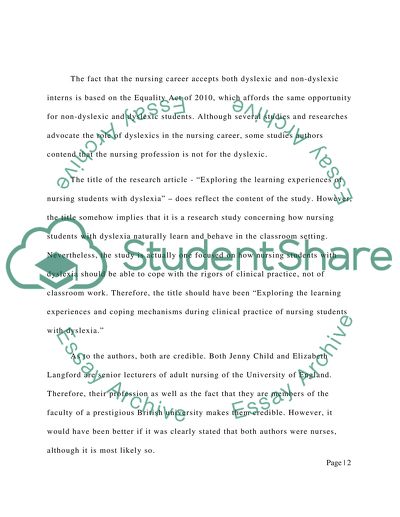Cite this document
(“Child J and Langford E (2011) Exploring the learning experiences of Essay”, n.d.)
Retrieved from https://studentshare.org/nursing/1466539-child-j-and-langford-e
Retrieved from https://studentshare.org/nursing/1466539-child-j-and-langford-e
(Child J and Langford E (2011) Exploring the Learning Experiences of Essay)
https://studentshare.org/nursing/1466539-child-j-and-langford-e.
https://studentshare.org/nursing/1466539-child-j-and-langford-e.
“Child J and Langford E (2011) Exploring the Learning Experiences of Essay”, n.d. https://studentshare.org/nursing/1466539-child-j-and-langford-e.


